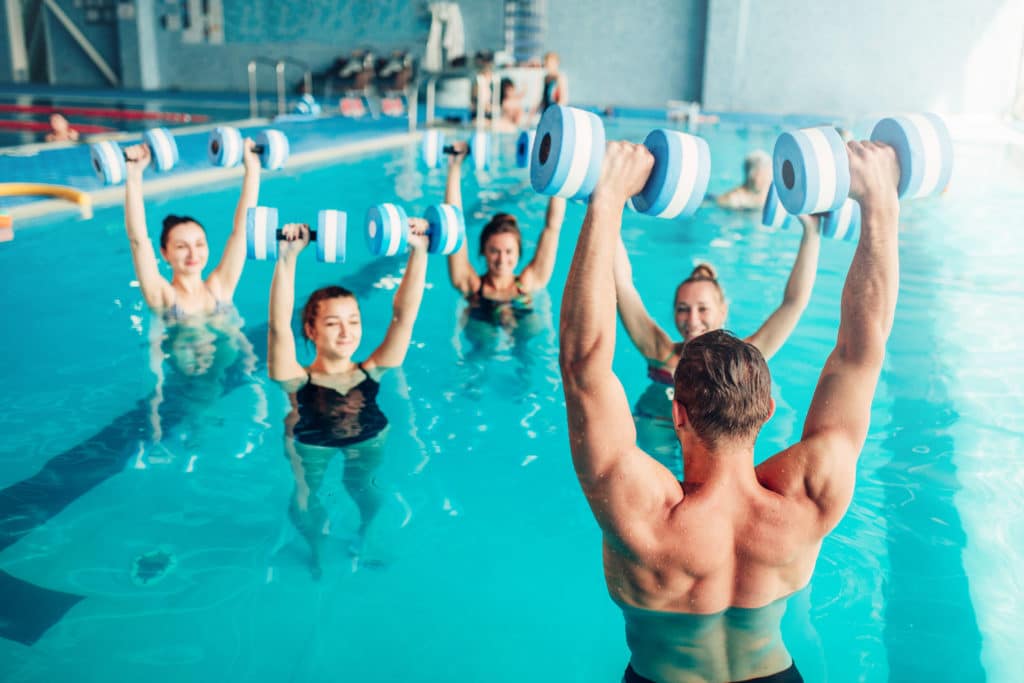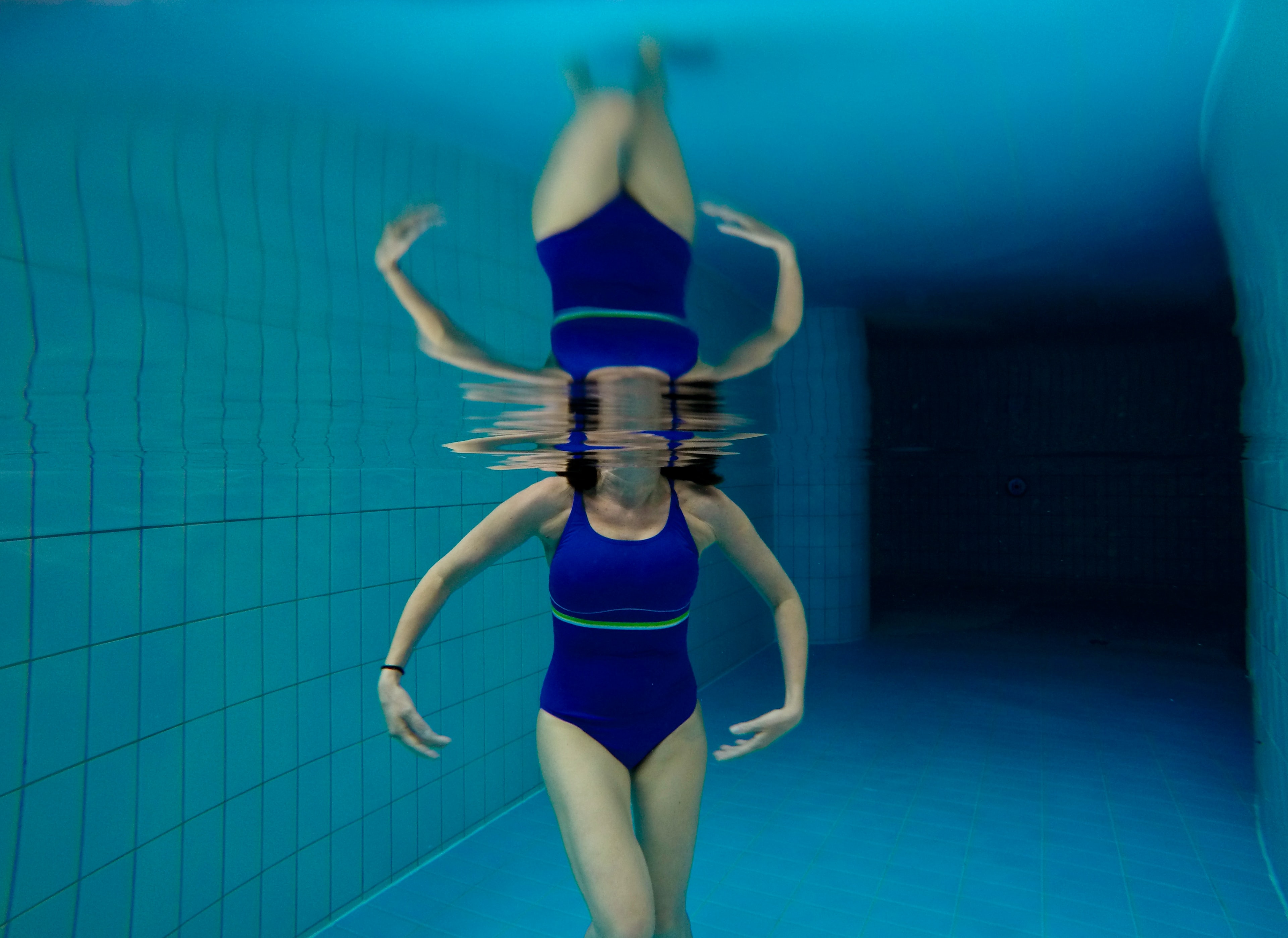Aquatic therapy refers to various exercises and treatments carried out in the water for rehabilitation, fitness, relaxation, and other health benefits. In most cases, a certified qualified aquatic therapist provides constant attendance to an individual receiving treatment in an icy-cold therapy pool. This is known as the cold therapy treatment. The benefits of this treatment include increased resistance and stamina, improved balance and coordination, lessening of pain due to muscle spasms and cramps, lessening of swelling, lessened blood pressure and body temperature, and improved immune system response. This article will introduce the basics of aquatics therapy and introduce a few specific programs.

Beginning of Aquatic Therapy
The term “aquatic therapy” was first documented by Henry M. Plech, DVM, in 1928. He described his own experience of therapeutic hypothermia (low temperature in the presence of low water-based temperatures). Plech’s research helped prove that his theory was correct. His study of aquatic therapy is widely regarded as the first step toward its successful application.
With aquatics therapy, one can develop healthy muscles, bones, tendons, and ligaments as well as maintain or improve flexibility. The development of muscles is particularly important during recovery following any type of injury. Several different types of exercises are used in the therapy pools. These exercises work different parts of the body at different times. These exercises help develop endurance and strength in specific muscle groups while also developing and maintaining healthy muscles and tissues throughout the body.
In addition to the exercises themselves, therapists often perform therapeutic massage to further increase circulation throughout the body. The exercises are carried out by having the therapist perform simple stretches and/or Pilates. Most therapy sessions last approximately an hour and a half. During the exercises, the therapist uses their hands, feet, or other tools to apply mild-to-moderate pressure to targeted areas. Pressure is applied to muscles, tendons, and ligaments using their fingertips, palms, and/or forearms.
The exercises themselves do not require more than twenty minutes for completion. However, there are numerous benefits of the warm-up exercises before and after each exercise session. Warm-up exercises are performed to properly prepare for the exercises, which, in turn, results in more effective and efficient performance. Aquatic therapy offers many benefits for the patient who is interested in improving his/her physical health. However, it should be remembered that this type of aquatic bodywork is not intended for every


